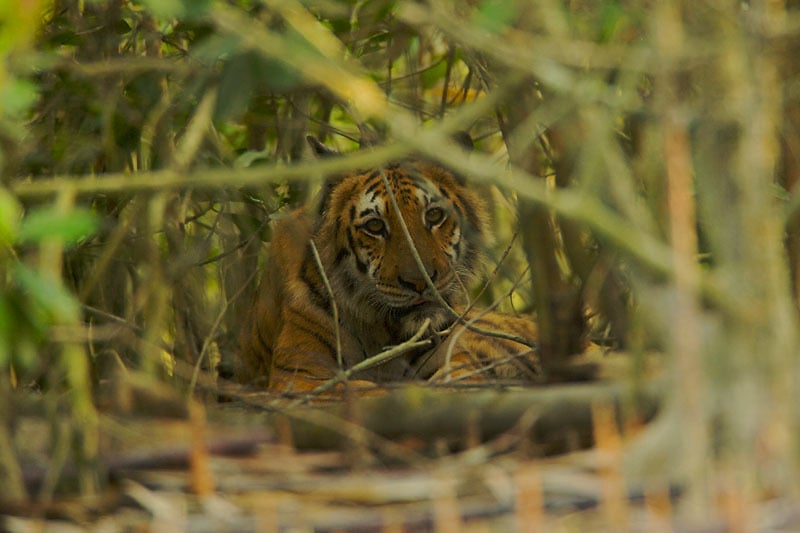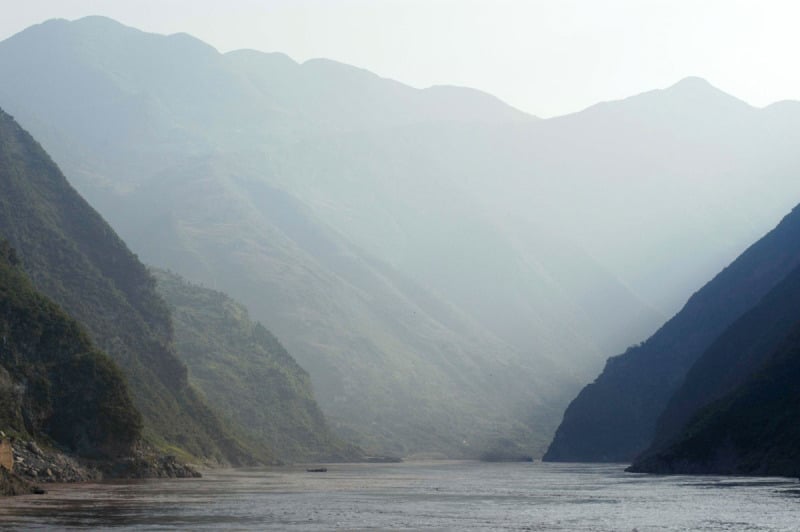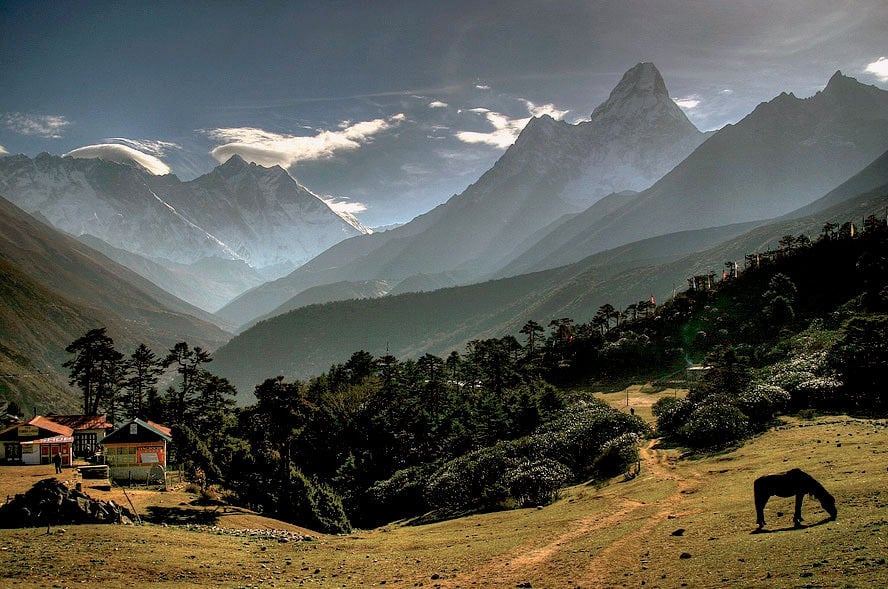
Home to billions of people and wildlife, Planet Earth is also home to some of the most breath-taking landscapes we will ever come to witness. As our climate continues to change rapidly, it’s up to us to protect the vibrancy of these places, along with the communities and wildlife that depend on these environments for their survival. In part two of this series, we continue to explore some of the world’s most exceptional natural environments on the frontlines of climate change, as well as how you can help.
Sundarbans, India & Bangladesh

© naturepl.com / Tim Laman / WWF
A cluster of low-lying islands in the Bay of Bengal and spreading across India and Bangladesh, the Sundarbans constitute the largest mangrove ecosystem in the world, consisting of incredible biodiversity and wildlife including the majestic Royal Bengal tiger. The delta is also home to over 4.5 million people who depend on the region for their livelihoods. Today, climate change and extreme weather events such as violent rainstorms and rising sea water levels are threatening this fragile ecosystem with scientists estimating that by 2020, 15 per cent of the 12 most vulnerable islands in this region will vanish. Two islands on the Indian side have already disappeared over the last few years! In addition, with salt water intrusion into groundwater increasing, growing rice plants- a staple in the region- will be difficult, threatening food security for millions. Find out more about what WWF is doing to help the people and wildlife of the Sundarbans region here.
Upper Yangtze River, China

© Michel Gunther / WWF
Providing water, food and electricity for 450 million people and home to some of the richest temperate forests in the world is the Yangtze, Asia’s longest river. It’s also one of only two regions where the super adorable Panda thrives in the wild :) However, as impressive as the Yangtze River is, climate change has been putting pressure on the region. In the Tibetan Plateau, where the Yangtze originates, glaciers are melting rapidly and WWF research has shown that on average, glaciers in the Eastern Himalaya recede by ten meters a year :o With more ice melting during the summer, this affects the water flow of rivers and once majority of the glaciers are gone, China’s main rivers will experience major water problems during the hot season. In addition to melting glaciers, extreme weather patterns are exerting greater pressure on the region, underlining the need for urgent climate action. Learn more about China’s ‘Garden of Eden’ here.
The Himalayas

© Murat Selam / WWF-Nepal
A vital source of water for hundreds of millions of people during the dry season, the Himalayas feeds seven of Asia’s great rivers: the Ganga, Indus, Brahmaputra, Salween, Mekong, Yangtze and Huang He. And with their majestic landscape, these ‘Water Towers of Asia’ never fail to instill a sense of wonder and amazement. With nearly 33,000km2 of glacier coverage, the region also includes rare and endangered species like rhinos, tigers and elephants in the plains, to snow leopards, red pandas, and Himalayan black bears, higher up in the Himalayas! Unfortunately, imposing as the Himalayas may be, the region is reeling under the effects of climate changes as glaciers retreat and contribute up to 75 per cent of river water during summer months, it gives rise to the challenge of freshwater scarcity during the dry season, which the region’s agriculture and energy sectors depend on as well. In fact, in the Ganges, one of the two biggest rivers in India, the loss of glacier melt water is expected to impact downstream water flows, affecting the lives of several million people, while on the other side of the border, landslides and floods could pose a serious threat to Nepal’s infrastructure and community. Check out some of the many species that call the Himalayas home and find out how you can help build a better, climate-friendly future :)
Ready for part 3?
climate change, change climate change, landscape, nature, world, earth hour, planet
